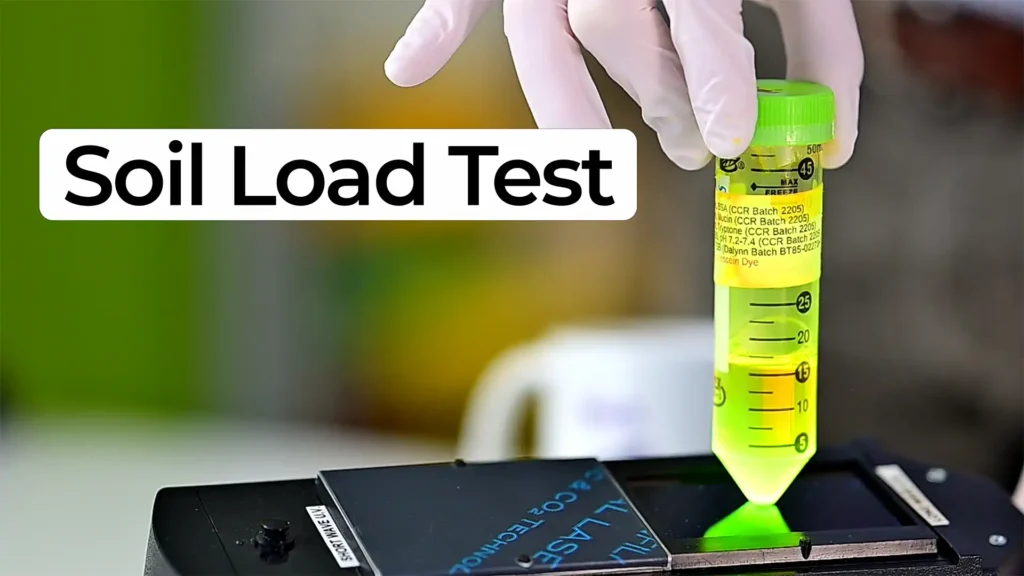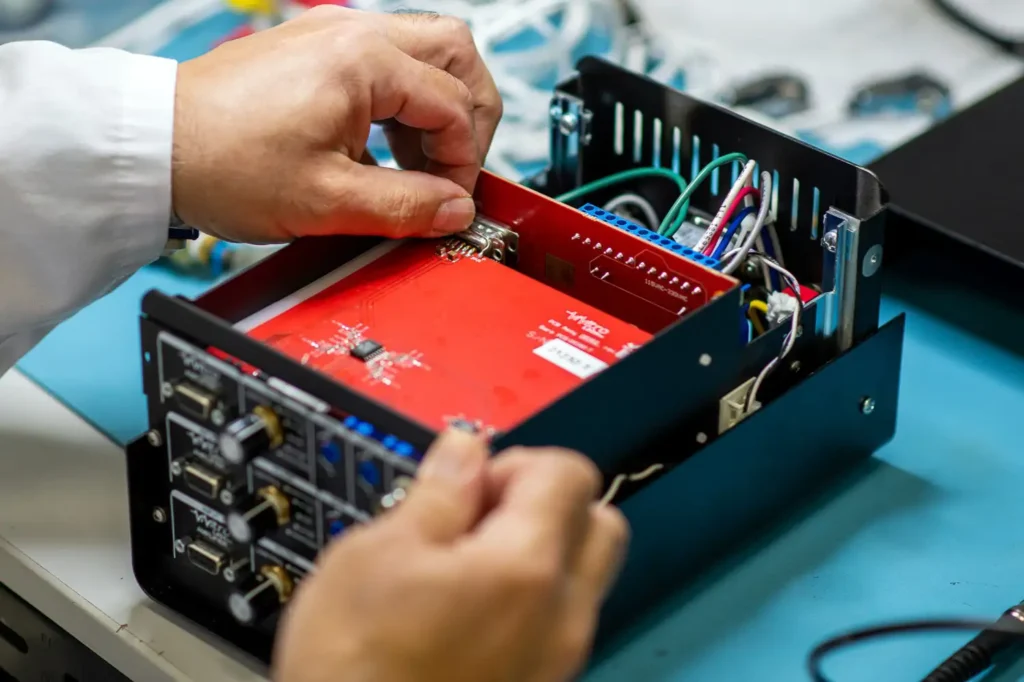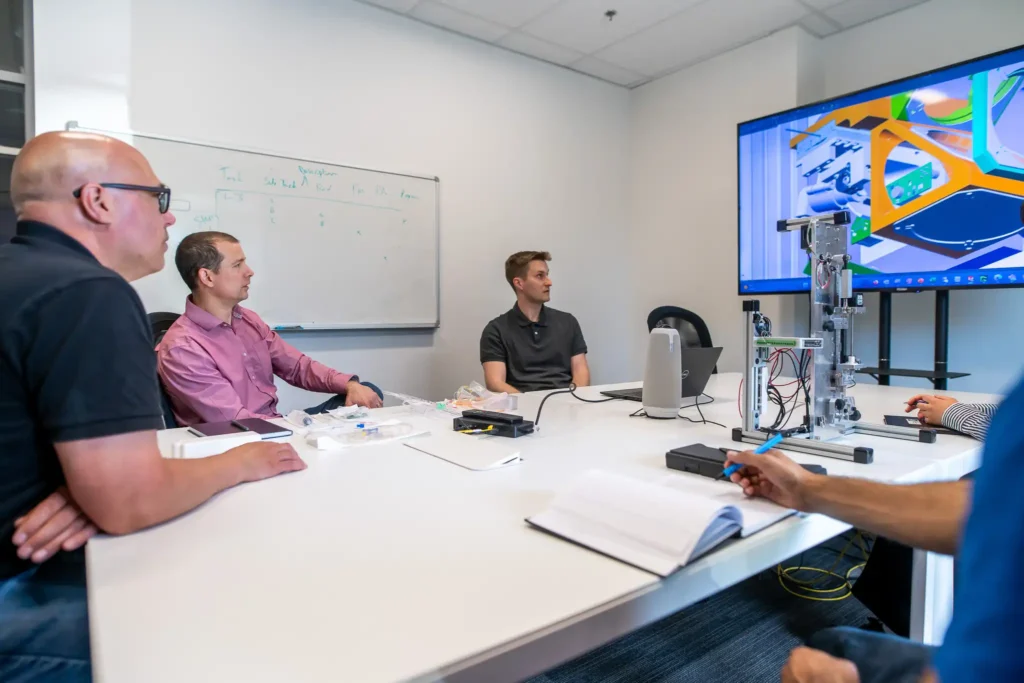
Laboratory Diagnostics Showcase at ADLM 2025
Each summer, the laboratory diagnostics showcase hosted by the Association for Diagnostics & Laboratory Medicine (ADLM) draws industry leaders to Chicago—and this year is no exception. While Nick Allan and Nigel Syrotuck didn’t attend in person, they’re tuned in and excited to share what this event means for the future of diagnostics.
In this Bio Break episode, Nick and Nigel explain the significance of ADLM (formerly AACC) as the premier global laboratory diagnostics showcase. The event brings together innovators from across the field to highlight advancements in lab testing and engineering. Though based in Victoria, the StarFish Medical team is still actively participating—through colleague Dave Dobson, who’s walking the exhibit floor.
Nick and Nigel encourage anyone interested in learning how StarFish supports diagnostic device development to connect with Dave on-site. They discuss how StarFish contributes engineering excellence to the field, and how in-person connections like ADLM drive collaboration and innovation.
Whether you’re an ADLM regular or just discovering the event, this short episode provides a quick lens into how cutting-edge diagnostics reach the market.
Why ADLM Is Still a Key Lab Diagnostics Event
Even under its new name, ADLM remains the go-to gathering for professionals working in clinical diagnostics. As Nick notes, it’s his favorite time of year, and for good reason: it’s a hub for idea exchange, tech demos, and business partnerships.
If you’re walking the floor at McCormick Place, don’t miss your chance to chat with Dave Dobson about how StarFish can accelerate your diagnostic product development.
Related Resources

Every phase of a device’s life cycle involves different people with distinct needs—from clinicians and patients to service technicians and regulatory bodies.

Nick Allan and Nigel Syrotuck explain how a fluorescent protein assay helps engineers measure contamination and cleaning performance in medical devices.

Your team is ready for design validation. The prototype performs well, test plans are in motion, and everything points to a smooth handoff to manufacturing. Then your partner calls with bad news: they can’t build the device as designed.

You’ve cleared the toughest engineering hurdles and proven your design works. Then, just as you prepare to scale, your contract manufacturer turns you down.
